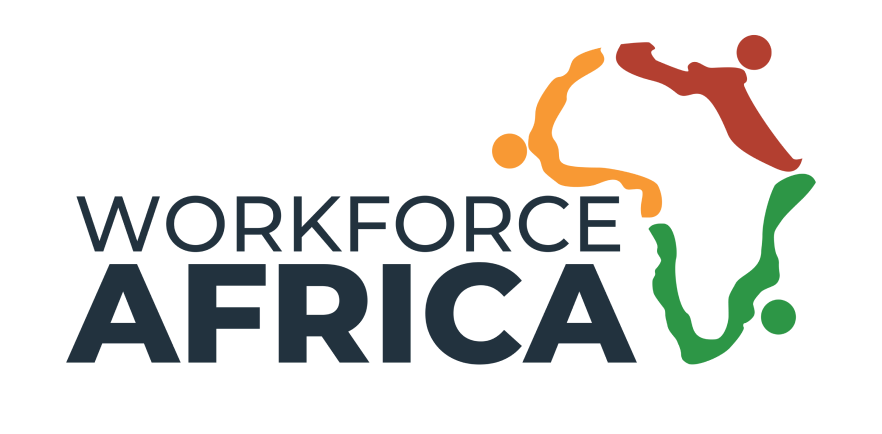No matter the size of the business, happy employees are crucial to business growth and development. And one critical factor that drives happiness is an employee’s remuneration.
This is why payday is vital in an employee’s work-life. Prompt and accurate payment of salaries is one sure way to induce happy employees.
What Is Payroll Reconciliation
Payroll reconciliation involves comparing your payroll register with the amount you’re planning to pay out to your employees to confirm that those numbers match. To simplify, it consists in double-checking the math to ensure that you pay your employees correctly.
It is imperative to make the correct deductions and allowances to pay employees accurately. But, more importantly, payroll and related costs must be accounted for appropriately, statutory deductions discharged within the timeline, and the proper documentation maintained to ease payroll reconciliation and auditing.
This payroll process can be complex and complicated without the right tools and knowledge.
To master your payroll and keep your employees happy, you need to understand how it all works. Thus, understanding payroll reconciliation involves :
- Developing organisation pay policy including flexible benefits, leave encashment policy.
- Defining payslip components, i.e., basic pay, variable pay, and others.
- Gathering other payroll inputs (e.g., supply of foods by food vendors to be recovered from the employees for meals consumed).
- Arriving at the net pay and other necessary calculations, including the gross salary and statutory and non-statutory deductions.
- Obtaining approval of the payroll and related statutory deductions and estimates.
- Booking payroll and related dues for financial reporting purposes.
- Obtaining approval for disbursement to employee accounts not later than the payment date as stated in the company’s policy.
- The relevant authorities within the timelines are remitting statutory dues like PAYE, Pension, NHF, NSITF, ITF, etc…
- Maintain backup of staff payslips, confirm statutory dues contributed/remitted, and update the financial reports.
- Get ready for requests, queries, or clarification from staff, management, and relevant statutory bodies.
Stages of Payroll Reconciliation

A payroll officer needs to do careful planning. There are always ongoing tasks that need attention and a constant need to monitor changes to company payroll policy changes to national laws impacting payroll and other statutory payments contributions.
The stages of payroll are as follows in descending order:
- Gather Time Cards
- Compute Gross Pay
- Calculate Payroll Taxes
- Determine Deductions
- Calculate Net Pay
- Approve Payroll
- Pay employees
- Distribute Pay stubs
How to Do Payroll Reconciliation
Doing Payroll Reconciliation Tip #1 — Setting proper controls
A payroll officer needs to evaluate and set the proper control to prevent occurrences like delayed payments, payment errors, pay mismatches, poor documentation, statutory sanction, and expectation gap.
Setting the proper control around mitigating payroll and related function risk is company-specific; however, for uniformity, it can be summarized as follows:
- Understanding your company’s policy of payroll and compensation matters and marrying it with natural laws and statutory compliance expectations per time.
- Bridge the gap between HR recruitment and payroll/compensations as valuable information feeders to payroll preparation.
- Bridge the gap between payroll/compensation unit and department and promotions/rewards for accurate inputs
- Put measures to ensure that payroll is not released to unauthorized persons.
- Put measures in place to validate data input for payroll preparation.
- Ensure safeguard on payroll information and backup data
Doing Payroll Reconciliation Tip #2 — Managing increments and deduction

There are no distinct policies around managing adjustments to payroll figures other than ensuring strict compliance with applicable statutory deductions.
Managing increments and deductions involves disbursing the total payments in consideration for services rendered to the employee.”
Therefore, to manage this, payroll must ensure the following:
- Payroll increments are after due management approval.
- Payroll increments are in line with the notarized payroll structure.
- Payroll increments are fairly implemented to avoid staff disgruntlement.
- Payroll increments are implemented only after diligent payroll planning.
- Adjustments on statutory deductions arising from payroll increments are adequately provided for contributions/remittances made within the statutory timeline.
The expense for individual/corporate contributions
The following are corporate incurred deductions:
- The expense of employer’s pension contributions
- The cost of HMO contributions (if applicable)
- The payments for ITF, NSITF, and Group Assurance.
While individual incurred costs are NHF, employees’ pension contributions, PAYE, etc.
Payroll mistakes happen faster than people imagine. For some employees, a monthly salary is the only source of income, and they are gravely affected when paychecks are not paid accurately or in time.
Such irregularities take a toll on the employees’ morale and eventually affect business productivity.








